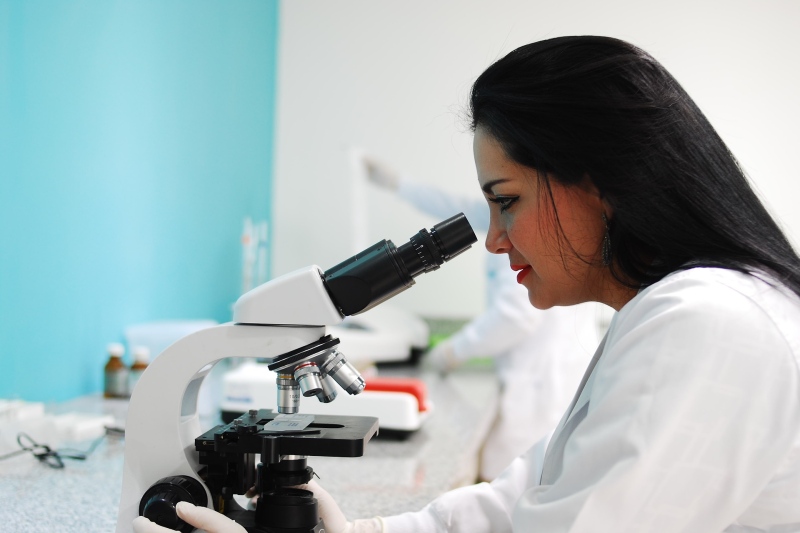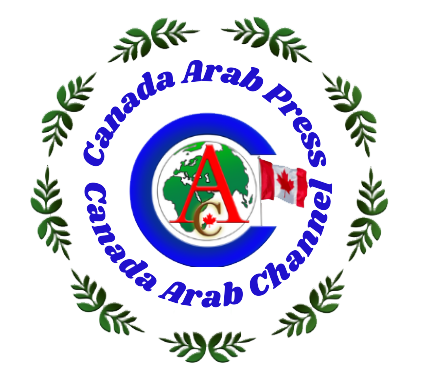
2,323 patent filings were made by foreigners in 2018, compared to 186 by Moroccans

The National Evaluation Authority of the Higher Council for Education, Training and Scientific Research (INE-CSEFRS) presented and shared on Tuesday the results of the evaluation report on “scientific and technological research in Morocco. Evaluative analysis» with the different players in higher education.
The purpose of this assessment is threefold, the report states. The first step is to provide an overview of the scientific research system in Morocco and its potential, then to grant scientific research its role as a vehicle for the country’s development, and finally, to better shed light on the implementation of the framework law n° 51 – 17, promulgated in August 2019, concerning the system of education, training and scientific research.
Thus, the INE-CSERFRS report presents an evaluative analysis of the scientific research system, identifies the main trends through an international comparison with a few emerging countries, focusing on the different dimensions, namely governance, strategy, human potential, organization into research structures and scientific production, promotion and evaluation as well as scientific collaboration. It also offers an idea of the degree to which researchers are grouped into scientific communities.
But according to Rahma Bourqia, director of INE-CSEFRS, scientific production in Morocco remains low, despite a slight increase in research in emerging disciplines. Indeed, the person in charge declared, during her intervention in the webinar dedicated to the presentation of the results of the evaluation report that “scientific and technological research in Morocco“, thus lamenting”the lack of mobilization of human potential in scientific production in Morocco“.
The INE-CSEFRS report also presents an analysis of Morocco’s scientific production based on international indexed databases, its bibliometric characteristics, its dynamics over three decades, 1988-2017, its scientific profile, the place of emerging disciplines while noting the characteristics of this production and the difficulties of accessing international indexing. Morocco’s inventive potential through patents and its characteristics are also covered in this report.
That said, the director of the INE delivered an alarming example concerning the number of patent filings in Morocco. She thus underlines that this number is more of foreign than Moroccan origin, specifying that in 2018, 2,323 deposits were made by foreigners, against 186 deposits by Moroccans.
Rahma Bourqia also pointed to the problem of financing, calling for the development of Moroccan inventive capacity and for increasing and rationalizing research-related financing, drawing inspiration from international experience.
Regarding the challenges related to the research system in Morocco, the director of INE highlighted the lack of socialization to research and scientific culture in primary school, proposing to include a spirit of research from the youngest age, by having the students work on projects.
Thus, the INE-CSEFRS specified that this evaluation makes it possible to identify the achievements and potential of scientific research as well as the issues and challenges to be met. This makes it possible to envisage the prospects and the appropriate levers to raise the level of development of a scientific and technological research system under construction.
.
